How the design of milk packaging has shaped views on health
From the glass milk bottle to packaging for human milk, the Wellcome Collection’s latest exhibition explores the materials and messaging of milk distribution.
Milk: uniform, ubiquitous and a dependable staple in our diets. Such is the narrative around milk, the subject of the Wellcome Collection’s latest exhibition, explains co-curator Marianne Templeton. But as something so “everyday and familiar”, she says, “milk really taps into big questions around not just our diets and our food systems, but also the politics and economies of infant feeding, and the relationship that we have with other animals and the environment”.
Calling the body “the original container for milk” – while gesturing to a wall of 18th and 19th century cow-shaped creamers – Templeton discusses how packaging has subsequently allowed dairy products to be distributed and sold as commercial products as an “essential part of the making of the modern milk system”.
“Without low-cost, sustainable packaging, you can’t transport milk, you can’t build these global systems”, she says.
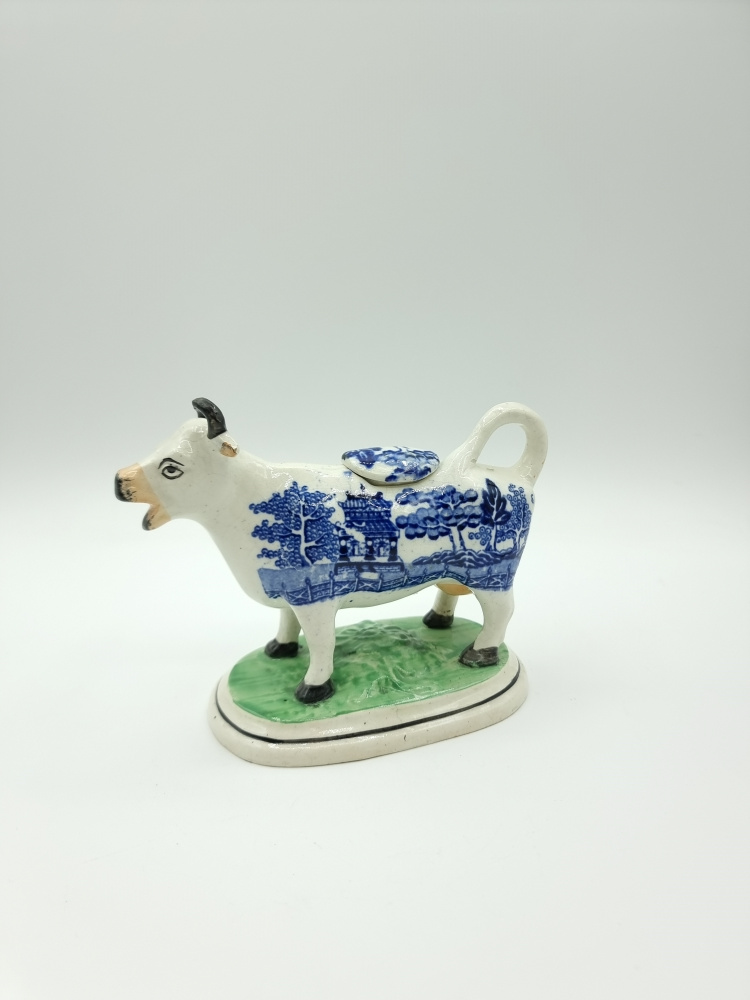
The packaging within the exhibition ranges from a 3rd century BC terracotta model of a mule carrying cheese; through glass bottles and pots of powdered milk rations from the 20th century; to the selection of milk containers from across the world seen in the artwork Milk, by artists Lucy + Jorge Orta, which opens the exhibition.
According to the exhibition catalogue, the popularisation of drinking fresh milk in Europe and North America in the early 20th century was fuelled by mass marketing”, when both “governments and the dairy industry merged ideas of health with economic and political interests”.
Global, yet “intensely local”
Templeton explains that the opening work reveals that while milk is sold and consumed across the world today, the forms its packaging takes are also “intensely local”.
“Liquid milk doesn’t usually travel far because it doesn’t make sense given the price and weight of it, so that’s partly why you see these very individual types of packaging developing in different places”, she says.
Milk was first created in 2010 for the exhibition Wijheizij at the Peremke Museum in Jabekke, Belgium, and developed during a residency with a dairy farmer in Belgium, adds Lucy Orta.
The milk packaging was collected by herself and partner Jorge Orta over a number of years and around the world – “you may notice on the shelf a couple of plastic bags because milk in India is distributed in these plastic containers”, she says.
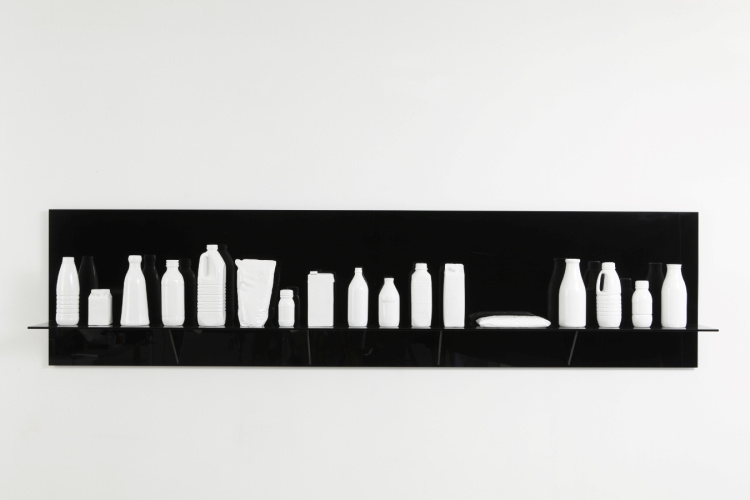
The work is part of long-running research by the artists looking at food distribution. According to Lucy Orta, her husband and artistic partner Jorge Orta, who is originally from Argentina, had first become interested in milk after the Vaso de Leche campaigns targeting undernourished children in Peru in the early 1980s.
In the artwork, 16 examples of packaging have been cast and lacquered, finished in a glossy white reminiscent of the milk they contain. Revealing of the variety of packaging found worldwide, the work “pays tribute to its container, a seemingly insignificant and neutral object for an essential nutrient,” the artists explain.
“They are beautiful shapes and they carry a history. We can get distracted by marketing, and packaging and actually [this] is reducing it to its simple form”, Orta says.
“Goodness, wholesomeness and simplicity”
Co-curator Honor Beddard explains that modern systems of milk production and packaging “arose out of a very genuine public health concern in the late 19th century around contaminated or unclean milk that was contributing to high rates of infant mortality”.
The dairy industry was reformed “around new scientific principles around hygiene, standardisation, and efficiency, which led to greater mechanisation, and it really centralised the industry in the hands of a few large corporations – which is perhaps the situation that we’re more familiar with today”, she says.
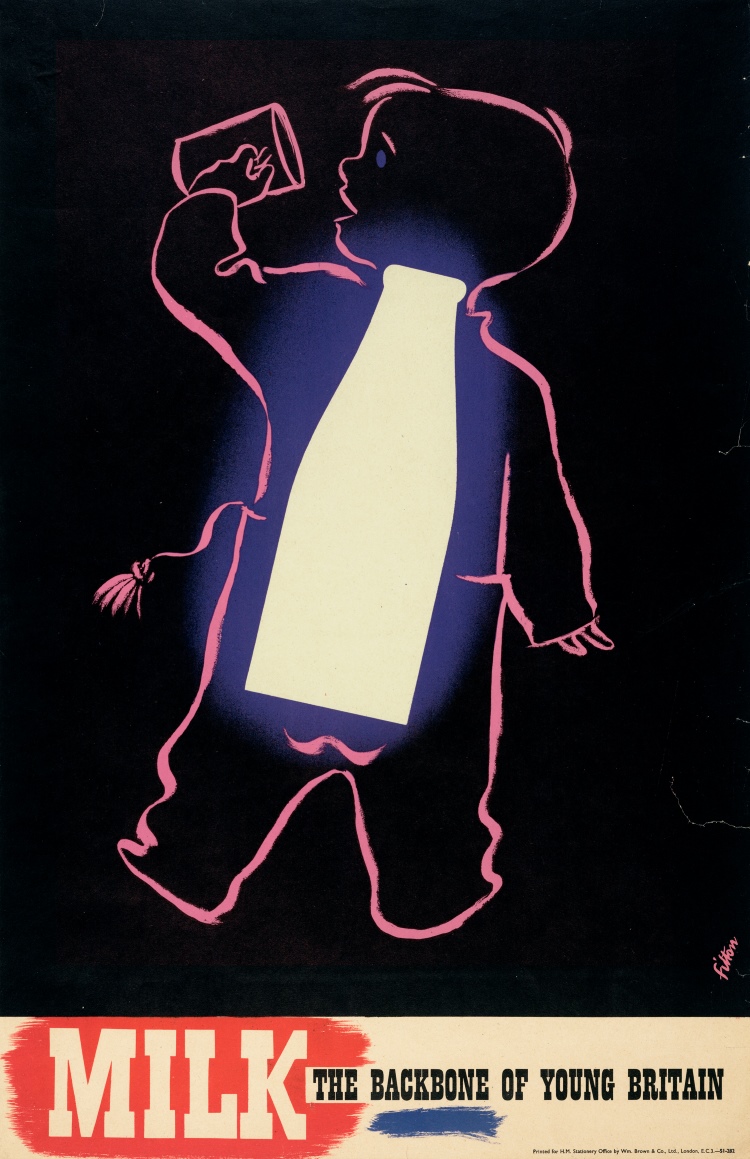
Templeton adds: “Glass milk bottles are a really interesting example of packaging in that they enabled milk to be delivered in pre-measured pints, they enabled you to see the contents and quality of the milk when it was delivered, and they could be sterilised and reused”.
“They are really part of that history of milk in the UK where things become increasingly shaped by science and concerns around hygiene”, she adds.
However, an earlier packaging “technology” can be seen in a ceramic milk pan by the Dairy Outfit Company dating from the late 19th century, Beddard explains. In terms of materials, the ceramic can be easily cleaned, while the lid is designed to keep out flies and is made of brass, which, as an alloy of copper, has antimicrobial properties.
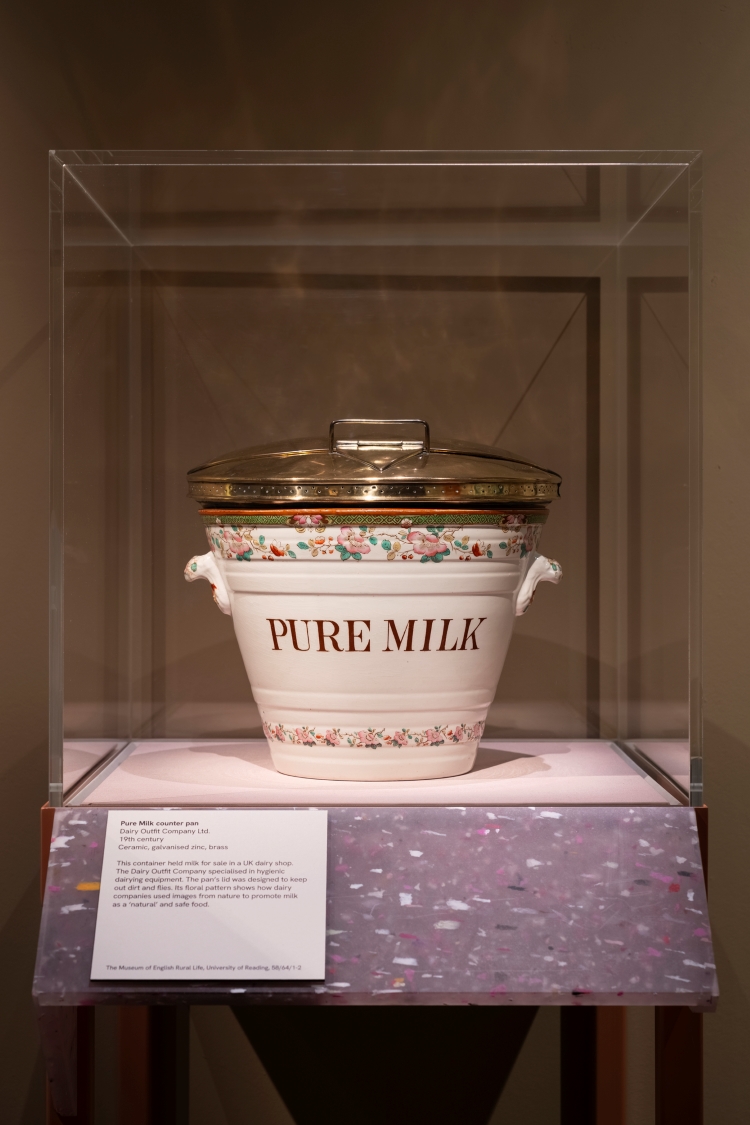
Beddard points out that “as milk becomes more and more technologised”, packaging starts to use natural imagery such as flowers and leaves. “It’s very much drawing on associations with the countryside, a nostalgic view that it’s a place of goodness, wholesomeness and simplicity that helps to reinforce the message that the milk is clean or pure”, she says.
Another piece of packaging uses an image of the Taranaki Forest in New Zealand. Although it appears to show an idyllic pastoral scene, Beddard explains that this image of “nature” actually depicts an imposed monoculture.
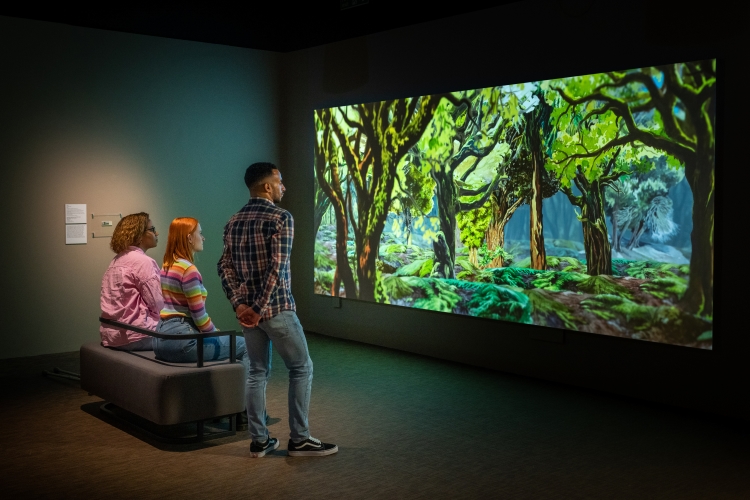
The arrival of dairy farming in New Zealand was a colonising force, she explains, and the clearing of indigenous plants in these areas had significant consequences for the environment and people living in it. The packaging is shown alongside a commissioned animation from artist Danielle Dean called White, which shows these indigenous plants being destroyed and then imagines them returning.
“Moralising messaging”
The curators explain how milk has frequently been at the centre of public health, particularly as the science of nutrition was developing, and its packaging has been a part of that.
“It’s not a very well-known fact that milk in schools actually started as a commercial scheme by the National Milk Publicity Council”, Beddard says. While milk was being billed as essential food, suggesting “if your children weren’t drinking milk then they weren’t going to be healthy”, she says, it was also a money-spinner for the Council.
“They were very aware that it was creating a taste for milk in very young consumers, so also securing those profits for the future”, she says.
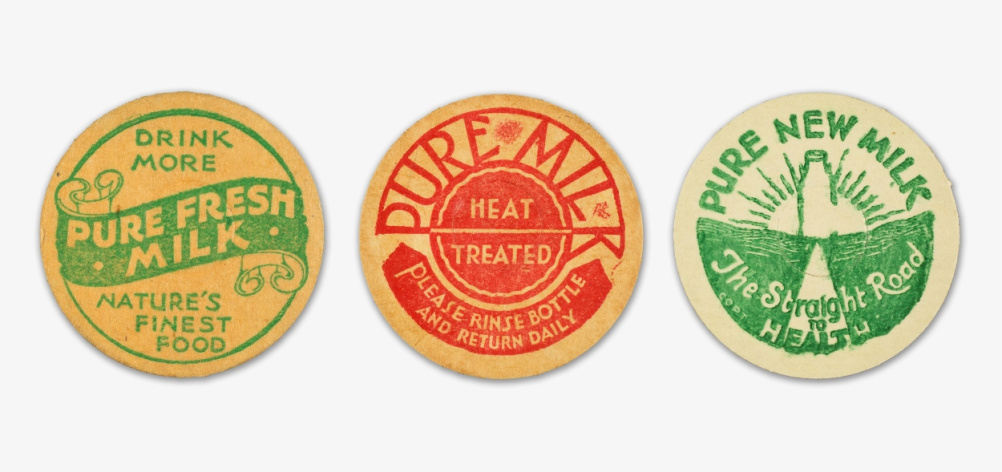
Exploring the rise of disposable milk packaging, the exhibition includes a 1956 video from packaging company Ex-Cell-O Corporation (now Elopak) which, “is presented in the guise of a public service broadcast, with a man in a suit sitting down authoritatively behind a desk”, Templeton says, explaining that this is just one example of how packaging and dairy companies frequently aligned themselves with the idea of public good.
As such, milk packaging frequently carried messaging orientated around public health. In the Wellcome’s own collection is a series of 1940s milk caps, which display this messaging.
“Every dairy and every supplier had their own milk cap, and you can see there is an amalgamation of these ideas of manufactured and natural purity”, Templeton says.
“This one that says ‘The straight road to health’ has this moralising feel to it, [implying] that these companies are looking out for your health”, she says. Others included “road safety messages that were kind of suggesting that your milkman was part of your neighbourhood security scheme”, she adds.
The future of milk: ethics, regulation, and packaging for human milk
A final section contains explorations into the ethics and economies of milk in the present and future.
Melanie Jackson and Esther Leslie’s Deeper in the Pyramid, “reflects on milk as one of the most technologised fluids in the world”, the curators explain, and its installation here features a wall made of Tetra Pak-like shapes.
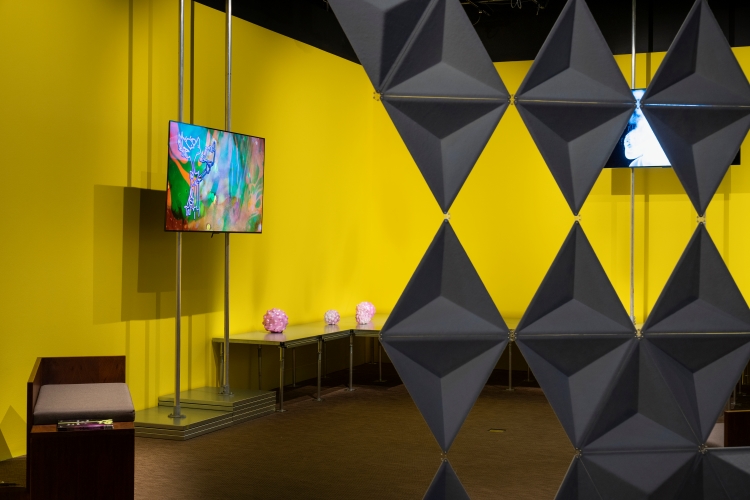
Within this section there is also a new commission by performance artist Jess Dobkin, which looks at the value and regulation of human milk.
“Human donor milk has been available in milk banks for some time now, but the sale of it has really proliferated online in recent years”, Beddard says.
“And it’s not just parents buying it, it’s also body builders who need it for muscle growth; health enthusiasts seeing if it can boost immune systems or cure various health problems, and also people who are buying it for fetish use”.
Dobkin considers possible currencies for human milk, such as a Tit Coin, designed with Lisa Kiss Design, and packaging – with a fridge within the installation juxtaposing medical plastic bags for milk donation with more recognisable commercial milk cartons.
Milk runs until 10 September 2023 at the Wellcome Collection, London, NW1 2BE. The exhibition is free to visit; for more information, visit the Wellcome Collection website.

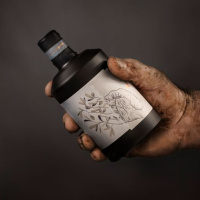
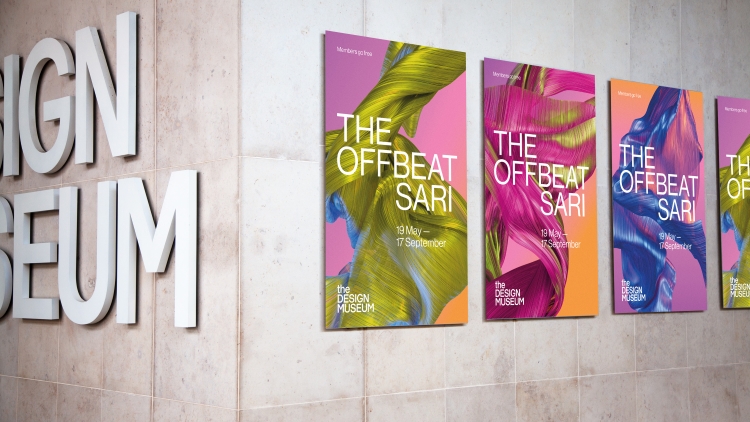
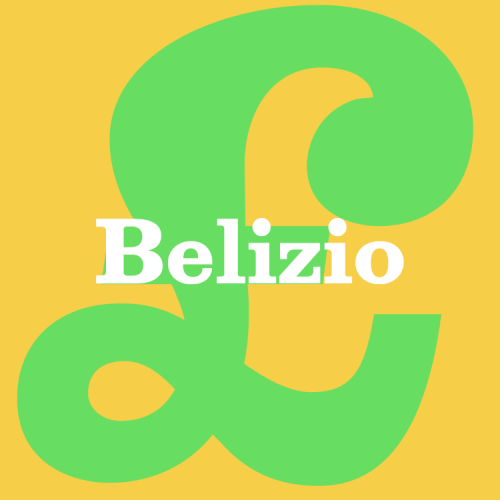
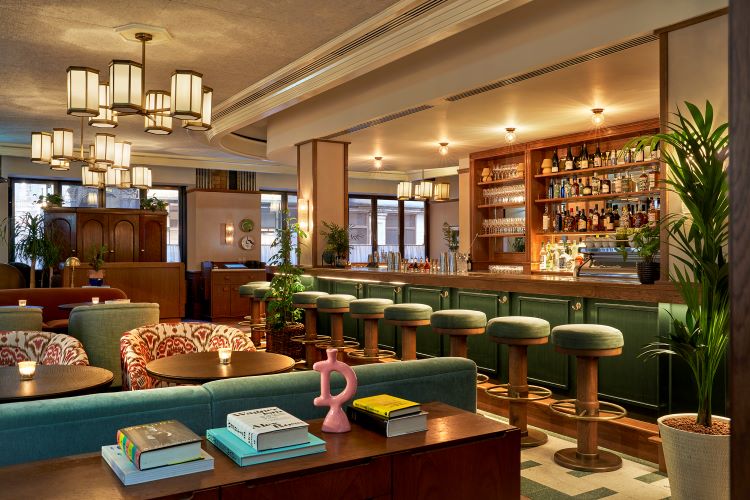

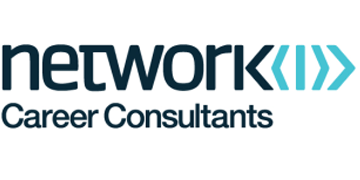
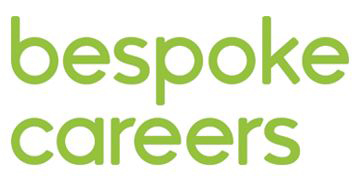
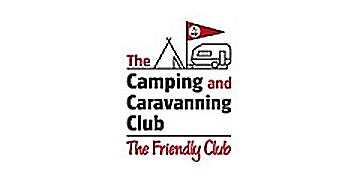
The Wellcome Collection should be applauded for the many wonderful free exhibitions they have staged over the years, which are always well designed and highly informative. ‘Milk’ looks to be another must-see in my book.